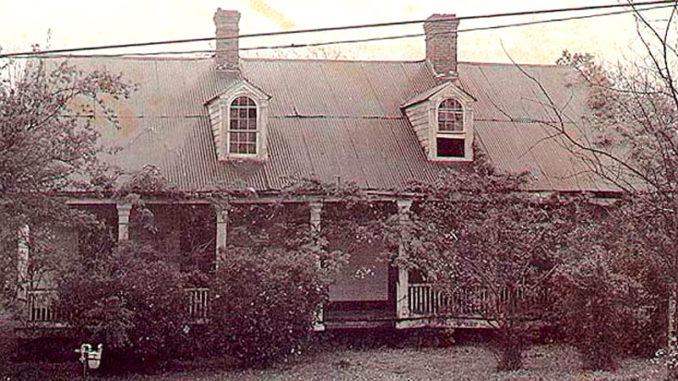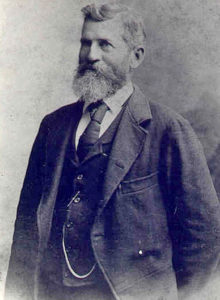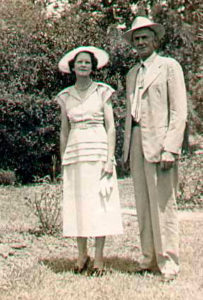
Coleen Perilloux remembers the day in April of 1973 when she watched the demolition of Perilloux House, a plantation that had been in her family since the 1880s.
The family home, along with 43 others, only remains in memory after the U.S. Army Corps of Engineers claimed the location for an emergency levee.
“They gave us all 72 hours to get out and bulldozed everything,” she said.
On that sad day, Perilloux recalled how the building’s steps and railings were removed, possibly for wood.
“When I think of that pure cypress house with the huge beams in the attic put together with pegs, it makes me cry,” she said. “And, the beautiful glass paned doors with the wooden shutters to cover them at night, and the hand-forged latches, etc. So much went under the bulldozers.”

All that remains are some handmade square nails used for cypress that her daughter retrieved from the debris. Perilloux had loops added to them and dipped in gold for family members to wear on a chain.
Perilloux House was also home to one of St. Charles Parish’s original families.
Felix Perilloux bought the plantation in Montz in the 1890s, which consisted of several hundred acres with a big raised house, many barns and a large carriage house, she said. He built a grocery store, and a pavilion for dances and theatrical performances along with a wharf on the Mississippi River that was known as Perilloux Landing. He moved his wife, Louisa, and their five children to Montz from their home in Lions in St. John Parish.
Perilloux also moved two black families there, the Pierre family and Fifi family.
“Felix and his children were friends with all the people who lived where now stands the Bonnet Carre’ Spillway,” she said.
They were all displaced in the 1920s when the spillway was built.
The Corp of Engineers relocated the Perilloux House and the structure that once overlooked the river that then lost the first floor, and also lost was the pavilion, carriage house, barns, the landing, school house and many acres of land.

Coleen Perilloux’s father, Zephirin Louis Perilloux, inherited the plantation house, the same house the Corps destroyed in 1973. The other two-thirds of the plantation were inherited by Joseph Perilloux and Ida Perilloux. Joseph’s grandson is a vegetable farmer there and sells produce at the Farmer’s Market in the parish and New Orleans.
“As for my part, I grow a crop that my grandfather, Felix, grew as a hobby – vetiver,” she said. “My vetiver sells in the gift shops of a few plantations upriver and is the progeny of Felix’s vetiver.”
Coleen said the only remnant of that era is the house she owns, which her father built of cypress in the 1920s when he returned from New Orleans to help his mother with the place.
For Coleen, growing up in Montz was “heaven on earth.”
“There were the fields, the river and home,” she said. “We had St. Isidore Church built by Father Basty and we went to school at Montz School through third grade and then, on to St. Charles Borromeo in Destrehan. Everyone knew one another and helped one another. In the 1950s LP&L expropriated all of Keller Town where about 12 Keller families had lived for generations.”

By 1985, she bought the property and house from her brothers and sisters.
Coleen added, “I never plan to let go of it and hope that my children and grandchildren will keep it in the family … just as the Mississippi flows 300 yards from the property.
The Perilloux House timeline
- 1890s: Felix Perilloux bought a plantation in Montz, which consisted of several hundred acres. His wife and children soon follow him there
- 1920s: They were all displaced when the Bonnet Carre’ Spillway was built.
- 1973: Perilloux House was bulldozed to make way for an emergency levee.




Be the first to comment